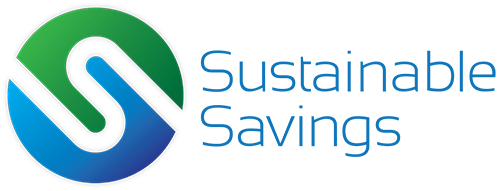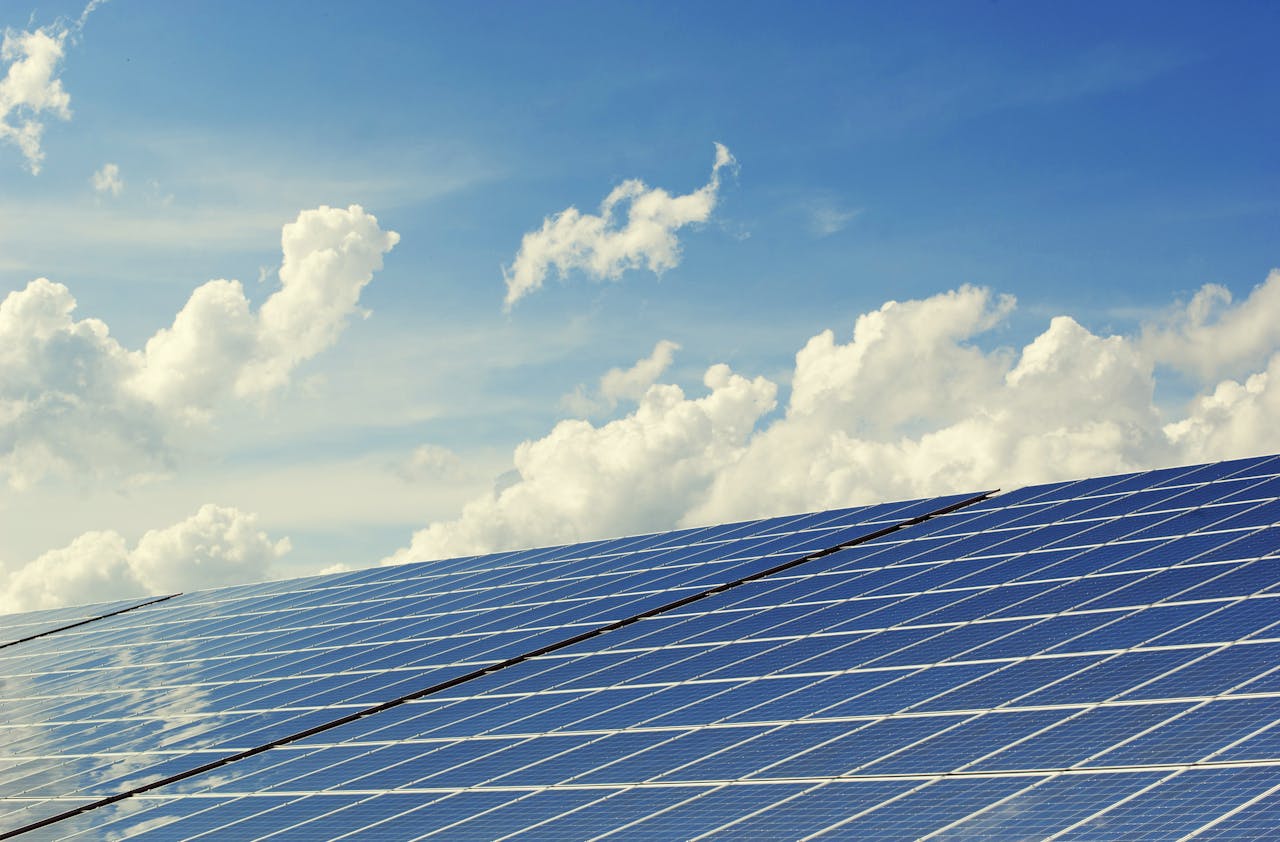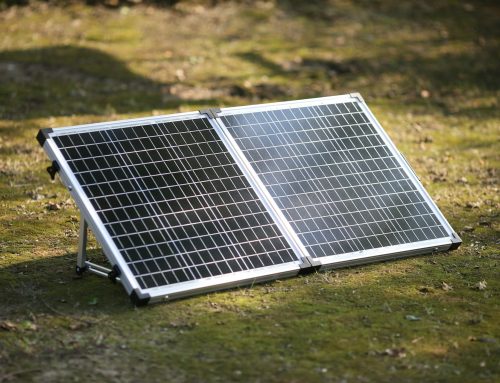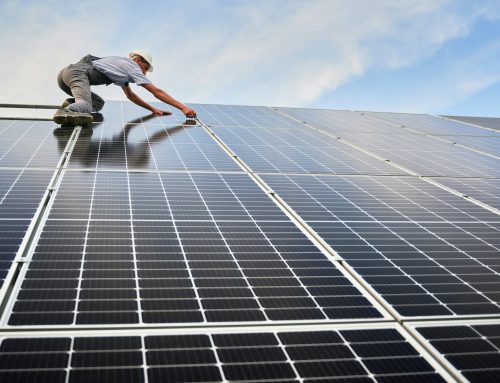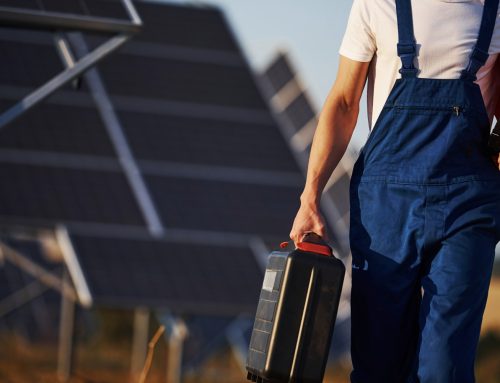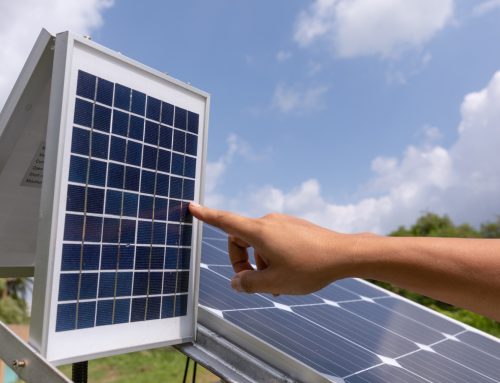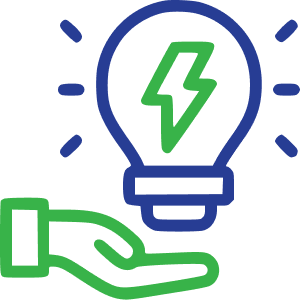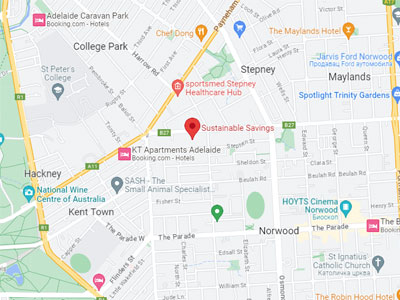When solar panels power a commercial site, every kilowatt counts. Business energy costs aren’t light, and many companies rely on rooftop solar to take long-term pressure off their bottom line. That’s why keeping solar systems running efficiently isn’t just helpful — it’s a must. But sometimes, even the best-looking systems aren’t pulling their weight. Understanding what’s dragging down their performance is the first step toward fixing it.
That’s where a solar panel assessment can make all the difference. These checks help pinpoint where your system is falling short and give you a clear view of what’s working and what’s not. If your site is based in Adelaide, where the sun shows up but the weather can still throw curveballs, knowing the common reasons for underperformance can save you more than just frustration.
Common Causes Of Solar Panel Underperformance
Commercial solar systems are built to last, but under the surface, small issues can chip away at their performance. You may not spot them from ground level, but they slowly reduce the system’s output month after month. Two of the most overlooked causes are shading and interference on the surface of the panels.
1. Shading
This one’s more than just someone parking too close or a tree swaying in the summer breeze. Shading might come from new developments nearby, new signage, or even HVAC units on the roof itself. With commercial solar panels, even partial shade can throw off the performance of multiple panels in a series. A small shadow can block electrical flow, causing the rest of the system to drag.
2. Panel Interference
Solar panels need a clear surface to absorb sunlight properly. When layers of dust, bird droppings, or leaf litter settle in, energy output can dip. They block the sunlight and create hotspots that stress the panel, leading to early degradation. While this may seem like a minor issue, over time it adds up and weighs down system performance.
Commercial buildings with wide or flat rooftops are particularly prone to these challenges. At one site in Adelaide’s inner north, an architectural feature cast a growing shadow each year as the sun’s angle shifted through winter, trimming output by midday. Conditions like these don’t show up in the installation manual, which is why regular assessment from someone who knows what to look for matters.
Manufacturing Defects That Can Drag Down Output
Not all solar panels are built equally. What’s inside the panel plays a key role in long-term efficiency. While some problems are rare thanks to improved quality control, they can still show up and slow things down long before the warranty ends.
Here are a couple of issues tied to manufacturing:
– Inferior materials: Panels made with lower-grade silicon or other internal components are more likely to degrade faster. They might perform well for the first couple of years but lose their punch much sooner than expected.
– Assembly faults: Mistakes during production, like poor soldering or gaps in the seal that protects the electrical layers, can allow moisture and air to leak in. This leads to something known as internal corrosion, which can cause a full panel or section to fail. In a large-scale rooftop setup, that’s a headache no operations manager wants to deal with.
Sometimes, it’s hard to detect manufacturing flaws until they’ve already affected part of the system. That’s why some panels go through more strict third-party lab testing before being approved for commercial use. These tests can highlight hidden efficiency problems that might not be obvious when they’re installed. Business owners investing in solar for the long run should ask for this level of assurance — especially when aiming for a system that won’t just survive Adelaide’s dry summers but thrive in them.
Installation Errors That Cost Efficiency
When solar panels are installed, their position and connection make or break their efficiency. Proper installation involves getting the angle just right and ensuring every connection is sound. But sometimes things slip through the cracks, quite literally.
1. Incorrect Tilt and Orientation
The sun doesn’t stay in one spot. Its angle shifts through the day, affecting how much light hits your solar panels. The tilt and direction of each panel need precise adjustments to catch as much sunlight as possible. When panels are installed too flat or pointed off to the side, they won’t gather as much light. This could reduce energy capture, especially during peak hours when your business could benefit the most.
2. Poor Electrical Connections
Connections act as the highway for electricity from solar panels to your building. If these links are loose or poorly made, the electricity doesn’t travel efficiently, causing energy loss. In some cases, it could even lead to safety issues. Regular checks ensure the system’s getting the power it needs and prevent potential breakdowns.
These missteps during installation are avoidable with a knowledgeable installer or assessment. Ensuring an expert, who’s seen a rooftop setup or tens before and knows the South Australian sun, gives your panels all the tools needed to work at peak performance.
Environmental Factors Impacting Performance
Solar panels might be tough, but the environment can still disrupt their workings. While South Australia enjoys ample sunshine, it’s not always smooth sailing. Weather patterns and local climate quirks can pop up unexpectedly.
1. Extreme Weather
Hail, wind, and harsh weather conditions sometimes test a solar panel’s durability. Certified panels undergo solid testing to withstand such batterings. But even with the best models, severe weather events may impact their performance. Proper choice and design of solar systems act as a buffer to these elements.
2. Local Climate Challenges
Adelaide’s climate brings its hurdles, with scorching summers that test the limits of any system. High temperatures can lead to overheating, affecting the panels’ ability to run smoothly. Picking panels that are tested for such heat and humidity means they’re less likely to underperform during these tough conditions.
Looking into lab results and performance analyses of panels helps make sure they meet the mark for long-term durability, even in hot and dry conditions.
Keeping Your System on Track
Keeping solar systems working well on a commercial site isn’t always simple. But knowing what hurts their output goes a long way toward getting it right. Here’s a quick roundup on how to avoid and fix solar panel underperformance:
– Schedule assessments regularly to spot early signs of shading or interference
– Choose solar panel models that suit Adelaide’s weather conditions
– Get expert support for installation and performance checks
– Use panels certified for durability and tested for extreme heat
Professional assessments bring more certainty to your solar setup. With experienced advice and a tailored approach, businesses can keep the energy flowing smoothly. When panels perform as they should, savings naturally follow.
To ensure your solar panels perform at their peak, consider scheduling a thorough solar panel assessment with Sustainable Savings. Our team specialises in identifying and fixing hidden inefficiencies so your Adelaide-based business can make the most out of its solar investment and keep long-term energy costs under control.
